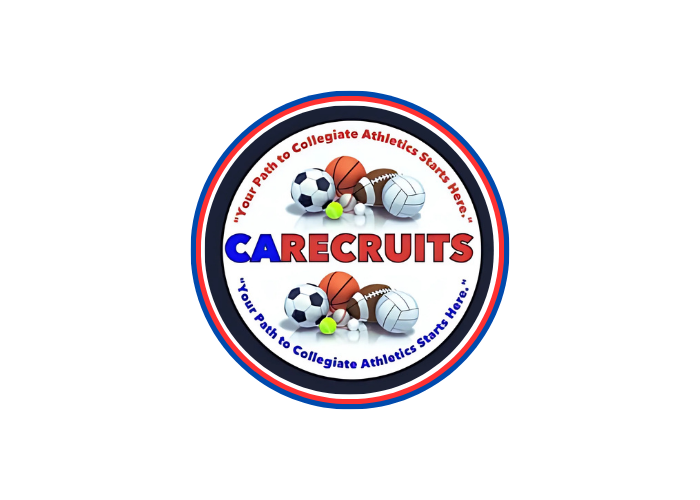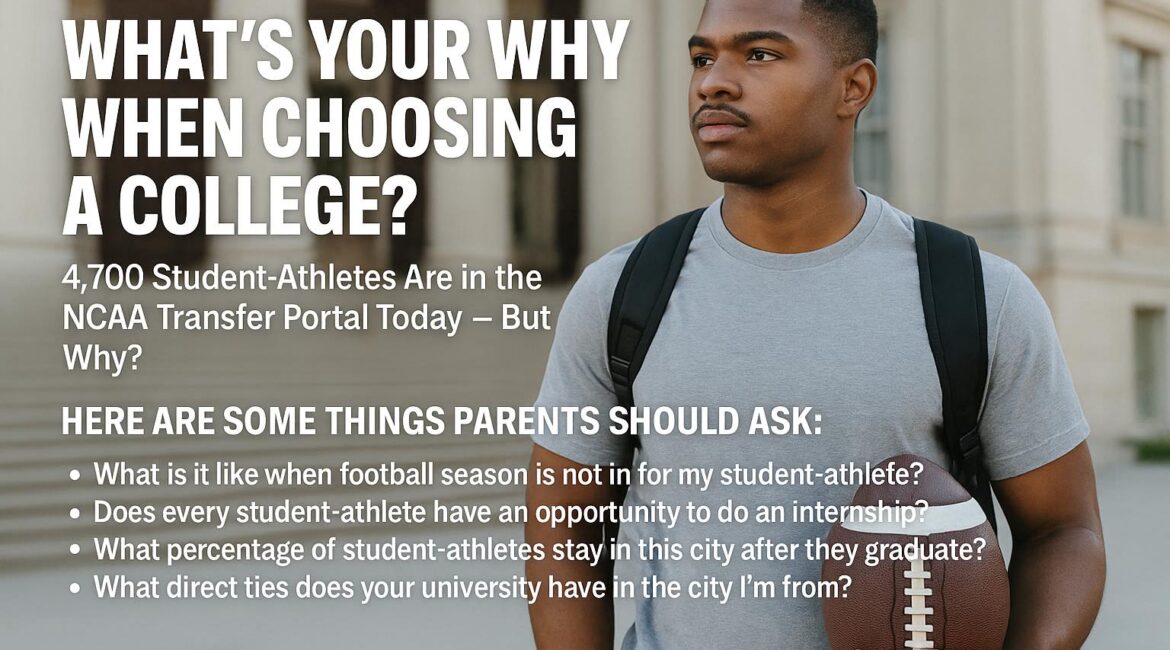4,700 Student-Athletes Are in the NCAA Transfer Portal Today — But Why?
By California Recruits Staff
⸻
In the ever-evolving world of college athletics, the transfer portal has become a revolving door of student-athletes seeking a better fit. Today, more than 4,700 student-athletes are in the NCAA transfer portal. This number is not just a statistic—it’s a signal. A signal that something is broken in the recruiting process.
Too many athletes, and their families, are choosing colleges based on surface-level factors:
• The uniform has a Nike swoosh.
• The weight room looks like a pro facility.
• The school has a pipeline to the NFL.
• The coach gave a powerful locker room speech.
These are all enticing, but none of them guarantee development, happiness, or success—on or off the field.
⸻
Start with the Why
Before a student-athlete makes one of the biggest decisions of their life, there needs to be a clearly defined why.
Why this school? Why this program? Why this city?
Families need to dig deeper than facilities and logos. They must treat this decision like a four-year career investment. Parents, your role is crucial. Not to live your dream through your child, but to educate yourself and help guide your student-athlete into adulthood—with intention.
⸻
Questions Parents Should Ask During the Recruiting Process
1. What is life like for student-athletes when the season is over?
This speaks to balance and development outside of the sport. How does the school support their student-athletes in the off-season?
2. Do student-athletes have opportunities to participate in internships or summer programs?
Athletes often miss internship windows due to practice and competition. Ask what opportunities exist, and if the athletic department has partnerships in place to help.
3. What percentage of former student-athletes stay in this city after graduation?
This reveals whether the school fosters long-term community engagement or if students just pass through.
4. What relationships or career pipelines does your program or university have in our hometown or region?
Local ties can be crucial for job placement and long-term support.
⸻
Additional Professional Development Questions to Ask
5. Does the university have a career development program specifically for athletes?
Athletes have unique schedules and challenges. A tailored program can make all the difference.
6. What are the graduation and job placement rates for athletes in this program?
Wins on the field are great, but wins after graduation matter more.
7. Does the athletic department have a mentorship or alumni network program?
Access to alumni working in various industries is key for students who want to build real-world connections early.
8. How many student-athletes are enrolled in graduate programs or double majors?
This can show how seriously the program takes academics and long-term planning.
9. What support systems are in place for mental health and emotional wellness?
Mental health is often overlooked in high-performance environments. It shouldn’t be.
10. Are there leadership development programs for athletes beyond just captains?
Your student-athlete should leave with tools to lead, not just play.
⸻
The Bottom Line
Choosing a college is about fit, development, and future. A highlight reel, a logo, or a Twitter graphic won’t be enough when the depth chart gets crowded, the coach changes, or injuries happen. Your “why” must be rooted in more than hype—it must be about who your child is becoming.
This process isn’t about picking the most impressive stadium. It’s about selecting the environment that will shape your student-athlete into a responsible, educated, equipped adult.
Ask the tough questions. Dig deeper. And most of all—have a clear why.

